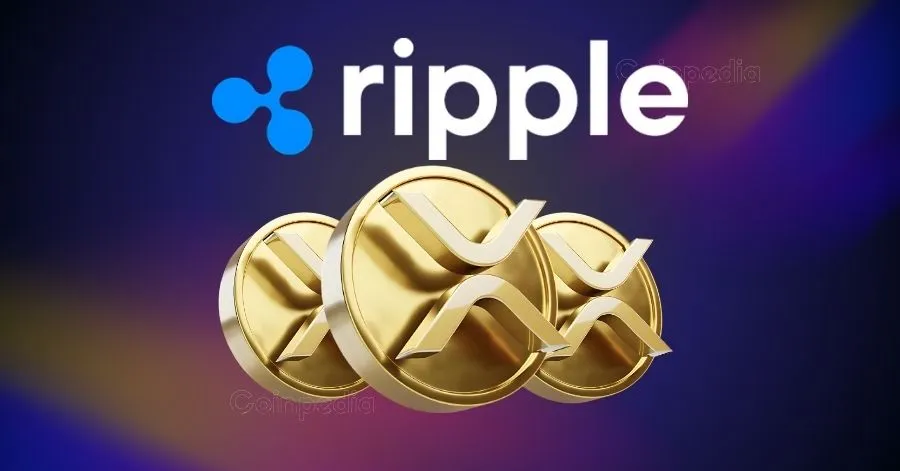
When most people hear “XRP,” they immediately think of cross-border payments. And yes, XRP’s speed and low fees have made it famous for exactly that. But what many don’t see is the transformation quietly taking place beneath the surface.
XRP is no longer just a payments tool, it’s becoming a full-blown ecosystem for finance, commerce, gaming, and even governments.
And the best part? It’s already happening.
XRP Ledger (XRPL) now supports decentralized finance (DeFi) tools like token swaps, lending apps, and tokenized assets. What makes it stand out is the low cost.
Unlike Ethereum, where fees can be high, XRPL keeps things fast and cheap.
Developers are building faster, users are transacting cheaper, and financial tools are being reimagined from the ground up. This is XRP stepping into a much larger role.
From real estate to stablecoins, almost anything can be turned into a digital token on XRPL. Imagine trading a house or a gold bar on the blockchain in seconds, without banks or middlemen. That’s the power of XRPL, and it’s the kind of utility that could bring blockchain into everyday life.
It’s not just an idea; it’s already happening.
XRP also makes micro-payments possible. Thanks to its low fees, platforms like Coil now let users pay creators per article, or even stream small payments while watching videos. This could be the start of a new business model for the internet.
The XRP Ledger is getting smarter, too. With features like “Hooks” and the EVM sidechain, developers can build apps with smart contracts and even connect to Ethereum tools.
Plus, with built-in support for NFTs and gaming assets, XRP is attracting creators and gamers looking for cheaper and faster platforms.
Ripple is working with countries like Bhutan and Palau to help build their digital currencies. And big banks are already using XRP for fast cross-border payments, no waiting, no huge pre-funded accounts.
XRP isn’t just moving money. It’s moving value across borders, across chains, and industries. The Interledger Protocol (ILP) connects XRPL to other blockchains and financial systems, forming the backbone of what Ripple calls the “Internet of Value.”
It’s not a dream, it’s a work in progress that’s already connecting the dots.
XRP powers DeFi, tokenized assets, micropayments, NFTs, gaming, and digital currencies, enabling fast, low-cost transactions on the XRP Ledger.
XRPL offers token swaps, lending apps, and tokenized assets with low fees and fast transactions, making DeFi accessible and cost-effective for users.
Ripple partners with Bhutan, Palau, and banks to build digital currencies and enable fast, low-cost cross-border payments using XRP.
The rot starts from the head.” This age-old proverb rings true in a shocking case…
Elon Musk, CEO of Tesla and SpaceX, has stirred up the crypto crowd once again,…
Curve DAO has stunned the crypto market with a meteoric 79.32% price rally, over the…
The TRX price has shown remarkable resilience since April 2025, outperforming several major altcoins amid…
The Securities and Exchange Commission (SEC) collaborated with the Bank of Thailand (BOT) to introduce…
For months, token unlock speculations have been in the air. The community is anxiously waiting…